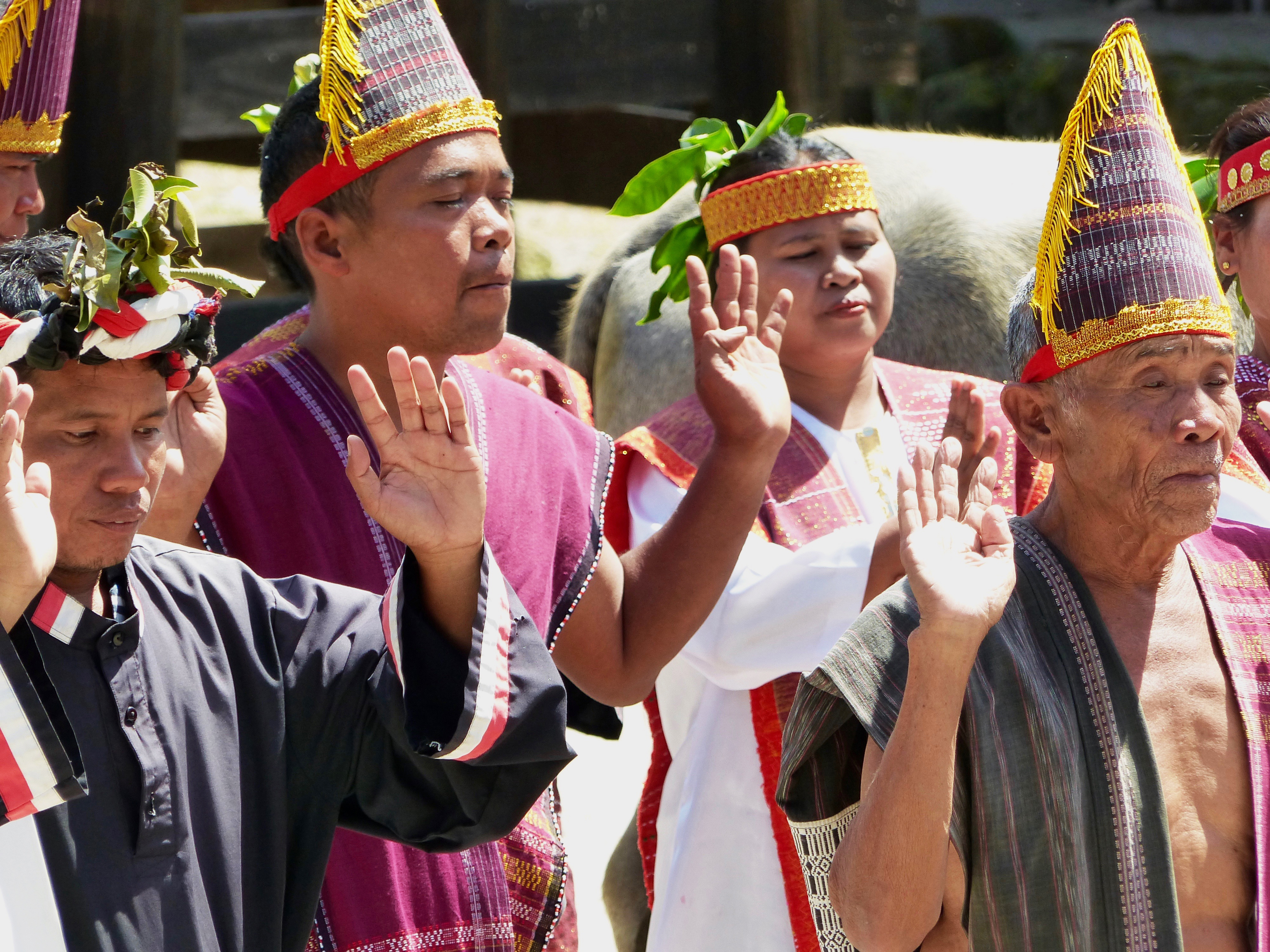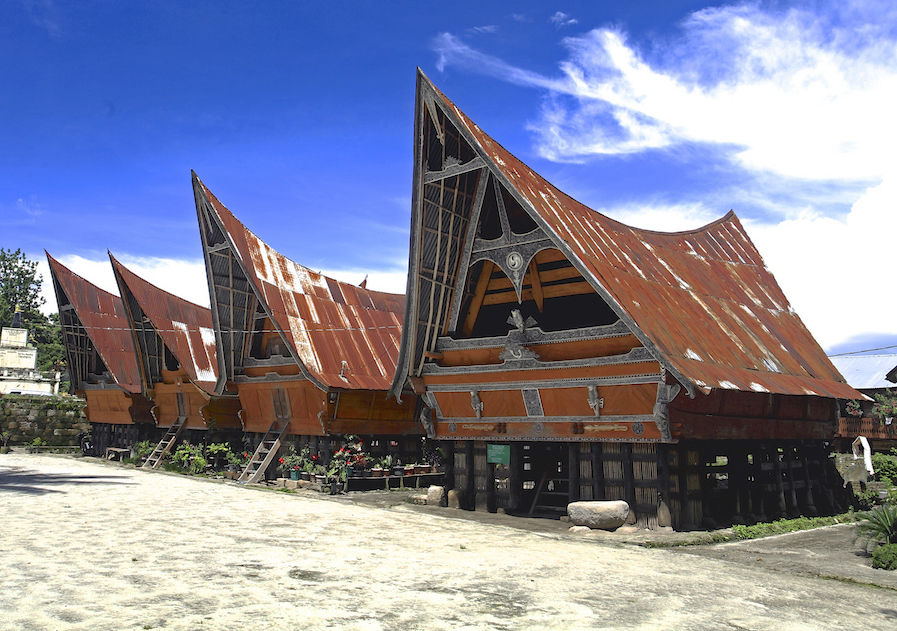TUKTUK, Samosir Island, Sumatra — Here’s a travel riddle: What’s the world’s largest island in a lake — that’s also on an island in the ocean?
“It’s geography nerd stuff,” our guide joked as the ferry chugged across Lake Toba in North Sumatra to our destination and trivia answer, Singapore-sized Samosir Island.
We’re nerds in paradise, passing steep green slopes cut by deep inlets around the freshwater lake. With its unique local culture, this area is one of the showplaces of exotic Sumatra.
Like Samosir, Lake Toba was born from a catastrophic super-volcano some 70,000 years ago. It’s about a four-hour drive from the chaotic, traffic-clogged regional capital city, Medan, and we were glad to leave its oppressive heat behind.
Located in Western Indonesia, Sumatra is pretty much bisected by the Equator but at an elevation of about 900 metres, Samosir Island’s Mediterranean climate feels ideal. No wonder it’s a popular getaway for Sumatrans — their version of Muskoka.
The ferry motored past villages, fish farms and small lakeside hotels and cottages with distinct, swooping saddle-shaped roofs unique to the Toba Batak people.
Batak culture is visible everywhere. Members of this sizable and ancient ethno-cultural group continue to follow the old ways, including a belief in animism, where plants and animals are sacred.
North Sumatra is home to about five million Batak, whose clan ties are unbreakable. A shared surname makes unrelated men brothers, explained our guide; you can’t marry anyone with the same family name, no matter how distant a relation. When a teenager meets a girl he’s interested in, his first instinct is a whispered prayer: “Please don’t let her have my last name.”


Above: Villagers entertain tourists with their traditional dances and religious ceremonies.
We made our base in the village of Tuktuk, a little town on the island’s single ring road bracketed by brilliant green rice paddies and dramatic caldera views. There’s a good selection of small hotels, restaurants, craft shops and a used bookstore with ambitious prices for musty paperbacks.
Our roomy cabin had a signature Batak roof and the open-air dining room served coffee grown on nearby mountainsides, the coffee cherries dried on a tarpaulin in the sun, then roasted on-site.
Two words in the local dialect will see you through: “Horas,” which means everything from “hello” and “goodbye” to “bless you” after a sneeze, and “lisoi!” That means “cheers!” as you down glasses of milky funky-tasting tuak, the local sour palm wine. I preferred arak, the regional moonshine made from distilled tuak, coconut or rice and flavoured with fruit.
“Lisoi!” works for both, or a frosty Batak beer, and also popped up repeatedly in a drinking song performed by the owners of Elios Restaurant while our supper of whole lake fish cooked on a charcoal grill at the entrance.
About 15 km from Tuktuk, in the village of Simanindo, there’s a small museum and a group of royal tombs. Locals perform traditional dances in front of three historic houses, including one that once belonged to a Batak king.
A water buffalo has a starring role — she’s not sacrificed as her predecessor would have been — and we were invited to join in for the finale dance.
We heard stories about how ancient Batak kings had superpowers and about animal sacrifice, elaborate burials and even cannibalism.
Some traditions survive in the modern world. We visited a Karo Batak village where families live in large wooden houses built on stilts with low doorways to humble those entering the central room.
Buildings are marked with simple spiritual symbols of geometric shapes, lizards and snakes in black, white and red. Everything has meaning and a spirit.

Above: The windswept roofs on the traditional homes is a real eye catcher for tourists.
Family tombs, from replica houses to elaborate pagodas and statues, were visible in fields and strung across the green hillsides.
Samosir is also accessible from the mainland by a tiny bridge and the drive around the lake slowly climbs to provide great views. We took the road off Samosir to our next stop, the city of Berastagi, driving past massive rubber tree plantations. Each tree’s bark is scored with diagonal thin strips, to allow the sap to drip into a small cup.
Indonesia was largely created by seismic activity. Volcanoes made the land and mountains continue to erupt. In Berastagi, we signed up to do some after-dark volcano chasing, hoping to spot flowing lava on famed Mount Sibayak.
Jimmy Gideon Ginting, our guide and part-time exotic insect hunter, showed us a photo of the mushroom-cloud eruption of Mt. Sinabung “in my backyard” two weeks prior.
We bumped up a winding mountain road and climbed out at the once-prosperous and now-deserted town of Sukanalu, one of many “ghost villages” left to the wild grasses and jungle creep when volcanoes threatened residents. We were skunked on this trip and didn’t see any lava or volcanic activity but weren’t too disappointed. How many times do you get to say you went volcano hunting in Sumatra?
Does Ginting worry about living so close to Sinabung?
“I know I’m living in the ring of fire,” he said. “So I have to dance to the rhythm.”
INFORMATION:
Getting there: We flew Cathay Pacific to take advantage of a 36-hour Hong Kong stopover to break up the long journey. From there, we flew to Kuala Lumpur on Cathay Pacific and to Medan on Malaysian Airlines
Where to stay: We stayed at Tabo Cottages on Lake Toba in the village of Tuktuk. It has a German bakery and coffee roaster on-site. Room rates start at about $90 per night, including breakfast.
Good to know: Toilet paper can be scarce at some stops, so carry some tissues. Many facilities are squat toilets.